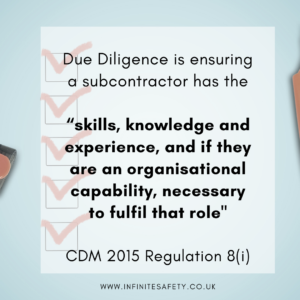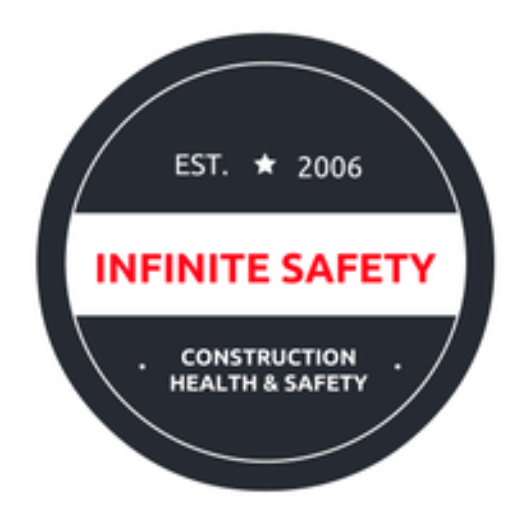Using subcontractors in the construction industry is not unusual. It can, however, be a legal minefield in terms of health and safety. In this article, you will learn what you need to do to make sure your sub-contractors are compliant.
Self-employed Labour Only Subcontractor or Bona Fide Subcontractor?
There are two types of subcontractors in the construction industry.
A Bona-Fide Subcontractor is, in effect, a company that you are employing to carry out the works you have been contracted to complete. They have their own insurance and pay their own tax. They also have their own health and safety RAMS that they sign onto.
A Self Employed Labour Only Subcontractor works to your health and safety RAMS. They may have their own insurance or arrangements can be made for them to work under yours. You have responsibility for complying with the rules of the HMRC CIS scheme.
When a Subcontractor Becomes an Employee
It has been a tax loop for years that self employed subcontractors are not on the payroll. Umbrella companies were the favoured way to reduce tax burdens for several years. However, with Health and Safety, it is quite simple.
If your self employed, labour only subcontractor ONLY works for you, then they are considered to be an Employee.
Who Provides RAMS for Subcontractors?
If you are using a bona-fide subcontractor, you have the most legal protection by asking them to provide their own Risk Assessments and Method Statements.
Self employed subcontractors are typically one person who fit into your team. To ensure consistency and have everyone working together safely, it offers you the most legal protection if they sign onto your Risk Assessments and Method Statements.

Personal Injury Claims when Using Subcontractors
This is where it can get very messy, particularly they have an injury on site. The test of who is liable is the “undertaking” ie the work they were doing at the time the injury was sustained.
Here’s the way it goes, in terms of liability.
If there is a Principal Contractor in control of the site, they are liable first. Why? Because they have a duty under the CDM Regulations to manage the overall standard of health and safety on site.
If there is not a Principal Contractor and they are doing your undertaking, you are liable. The way the claim will work is that the subcontractor’s insurer will counter-claim off your insurer. There are levels of liability and percentages for contributory negligence, but that is a whole other article.
What you Need to Do to Protect Your Business When Using Subcontractors
- Appoint a competent subcontractor – Ask for proof such as training evidence
- Check their insurance is valid and covers the work they are doing
- Check their RAMS are suitable and sufficient – or have them sign onto yours
If you have any questions about using subcontractors, message me

